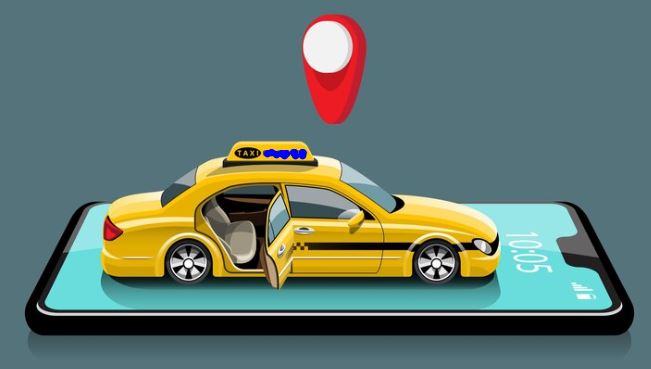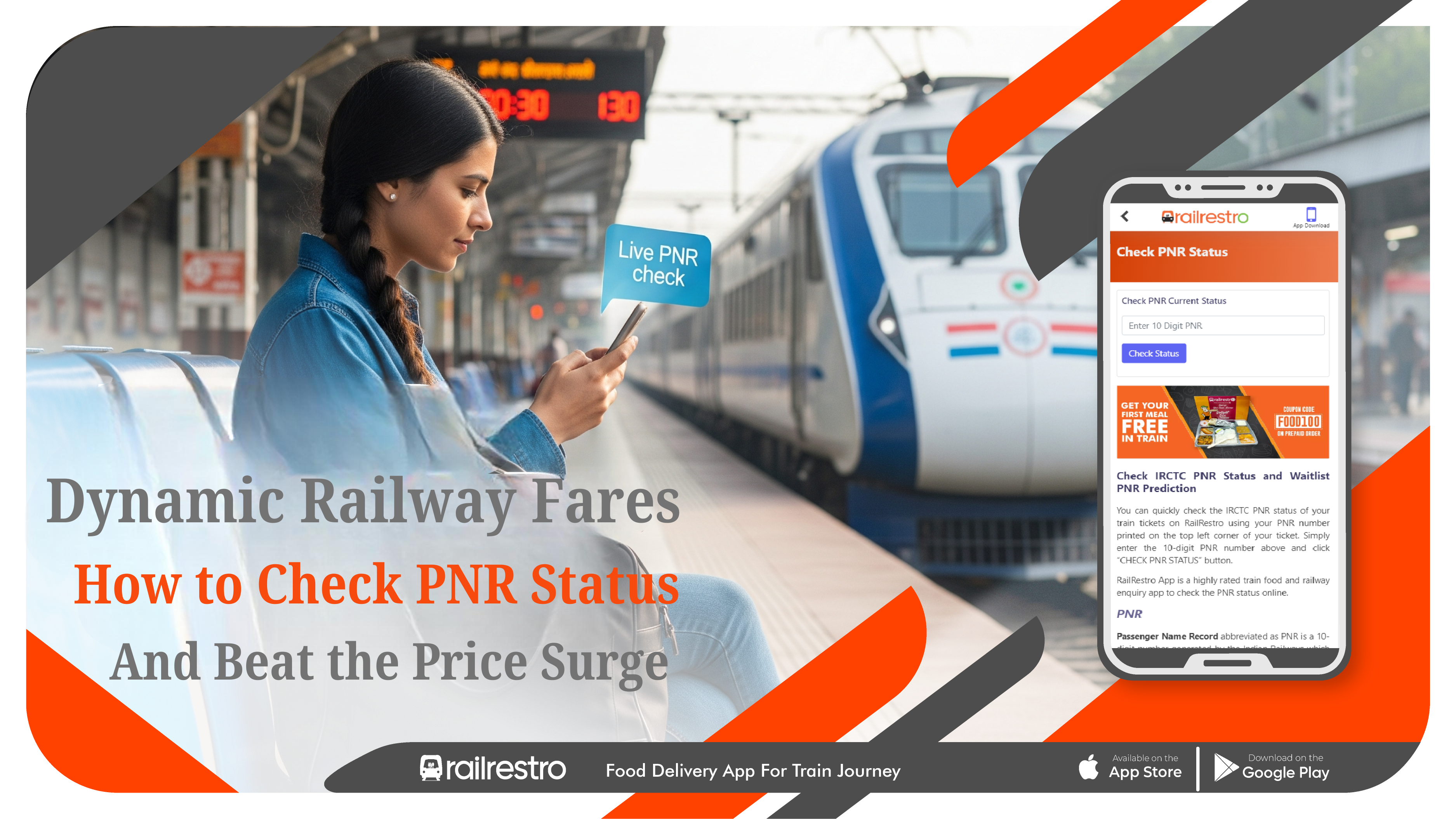Understanding Uber Pricing: A Complete Guide to Knowing Your Fare
How Much Does Uber Cost? Uber has revolutionized the way we travel, offering convenient and affordable rides to people worldwide. However, the pricing structure can be a bit confusing due to the variety of factors that influence your fare. From base rates to surge pricing, Uber’s cost breakdown considers several elements, making it essential for riders to understand these aspects to anticipate their final fare. In this guide, we’ll dive into Uber’s pricing model to help you better predict costs and avoid surprises.
How Does Uber Determine Fare?
Uber calculates its fares by combining multiple components, ensuring that pricing adjusts according to specific trip factors. Here are the primary factors in Uber’s pricing model:
- Base Fare: Each Uber ride starts with a base fare, which varies by service type (UberX, UberXL, UberBlack) and city. The base fare acts as the starting point for the final fare calculation.
- Cost per Minute and Mile: After the base fare, Uber charges for both time and distance traveled. The per-mile rate covers the journey distance, while the per-minute rate accounts for time spent in transit. These rates vary depending on the city, vehicle type, and level of service.
- Surge Pricing: During peak hours or periods of high demand, Uber enacts surge pricing to encourage more drivers to work. This temporarily increases rates, sometimes significantly, depending on demand.
- Booking Fee: Uber applies a booking fee to each trip, covering safety protocols and operational costs. This is a flat rate added to every ride and varies based on location.
- Additional Fees and Tolls: If your route includes tolls, airport fees, or other region-specific charges, these are added to your fare. Such fees are displayed as separate items on your Uber receipt.
Understanding these fare components will help you estimate costs more accurately, making each trip smoother and less surprising when it comes to paying the final fare.
Key Factors That Impact Uber Pricing
Let’s look at the main factors affecting your ride costs beyond the base fare and per-mile/per-minute rates.
1. Distance and Duration of Your Trip
Uber calculates fares based on time and distance, so the longer the ride, the higher the cost. In heavy traffic, the ride may take more time, leading to increased costs due to the additional per-minute rate.
2. Demand and Surge Pricing
Demand directly influences fare costs through Uber’s surge pricing. If more people request rides than there are drivers available, Uber may raise prices to incentivize drivers to meet the demand. You’ll see this surge rate multiplier applied to your fare estimate before booking, allowing you to decide whether to proceed or wait.
3. Uber Service Type
Uber offers various service levels, each with different price points. For instance, UberX is the standard service and is generally the least expensive, while UberXL accommodates more passengers but costs more. UberBlack is a premium option featuring high-end vehicles, with fares reflecting the upscale experience.
4. Geographical Location
City or region impacts Uber fares, as rates vary from one location to another. Urban centers like New York or San Francisco generally have higher rates than smaller towns, where operational costs and demand differ.
5. Additional Fees and Tolls
Airport pickup charges, tolls, and other additional fees can increase the final fare. These fees depend on your location and route, but Uber itemizes them separately on the receipt to ensure transparency.
Estimating Your Uber Fare in Advance
With Uber’s app, you can estimate your fare before booking. Here’s how to get an accurate fare estimate:
- Enter Pickup and Drop-off Locations: Start by entering your pickup and destination points in the Uber app, and it will show you a fare estimate for each available Uber service.
- Check for Surge Pricing: If you’re booking during peak hours, the app will show surge pricing applied to your fare estimate. You can choose to wait or proceed with the ride based on this information.
- Compare Uber Services: The fare estimator will display costs for different services, allowing you to compare UberX, UberXL, and premium options to find one that fits your budget.
Uber’s estimator is straightforward and provides a fare range before confirming your ride. Using this tool regularly can help you understand fare variations across different trips and times.
Tips to Save Money on Uber Rides
Uber’s pricing can vary significantly, but there are ways to save money on your trips. Here are a few strategies:
1. Avoid Peak Times
Traveling during non-peak hours helps you avoid surge pricing, which is usually highest during rush hours, holidays, and events. By planning your trips accordingly, you can save significantly.
2. Utilize Uber Rewards and Promo Codes
Uber offers rewards and discount codes frequently. New users often receive promo codes for discounted rides, and regular users can benefit from Uber Rewards, which awards points for each trip. Accumulated points can unlock discounts, ride upgrades, and other benefits.
3. Choose UberPool for Shared Rides
In cities where UberPool is available, sharing your ride with others reduces the cost. This option matches you with other passengers heading in the same direction, resulting in a lower fare.
4. Experiment with Drop-off Points
Slight changes in your destination can sometimes reduce the fare. If you’re flexible, check alternate drop-off points nearby to see if it impacts the cost.
These small changes can add up to make your Uber rides more affordable over time.
Common Additional Charges You May Encounter
Knowing about additional fees can help you avoid unexpected costs. Here are some common ones to be aware of:
- Wait Time Fees: If the driver waits longer than expected for you to start the trip, Uber may charge a wait time fee, which varies by city and service type.
- Cancellation Fees: If you cancel a ride after the driver has accepted, Uber might charge a cancellation fee to compensate the driver.
- Cleaning and Damage Fees: If there’s a mess or damage in the vehicle, Uber may apply cleaning or damage fees. These fees are based on the incident and can be significant, especially for more severe cases.
- Premium Service Charges: Services like UberBlack or Uber Comfort come with higher rates due to their premium amenities. Opting for these services adds to the overall cost of the ride.
Understanding these fees helps you anticipate and avoid any additional charges on your final bill.
Comparing Uber Costs with Other Ride-Sharing Options
When considering the cost of Uber rides, it’s also worth comparing other ride-sharing options like Lyft or local taxi services. Here are a few factors to consider:
- Fare Estimator Tools: Apps like Lyft also provide fare estimators. You can compare their quotes to find the most budget-friendly option.
- Subscription Services: Uber and Lyft offer subscription plans that reduce ride costs, ideal for frequent travelers. These plans often eliminate delivery fees on food services like UberEats, making them a good deal for consistent users.
- Exclusive Features: Some regional services or taxis may offer perks like loyalty discounts or ride packages that reduce costs over time.
Evaluating these options lets you choose the best service for your needs, balancing convenience and cost-effectiveness.
Conclusion
Knowing how much does Uber cost helps you anticipate fares and avoid surprises. By considering distance, time, surge pricing, and additional fees, you can calculate a closer estimate of your ride cost. Uber’s built-in fare estimator is a valuable tool, allowing you to make informed decisions, especially during high-demand periods. Implementing strategies to save, such as avoiding peak hours or using promo codes, can make Uber more affordable. With this guide, you’re well-equipped to understand how Uber calculates fares and enjoy smooth, cost-effective rides every time.














Post Comment